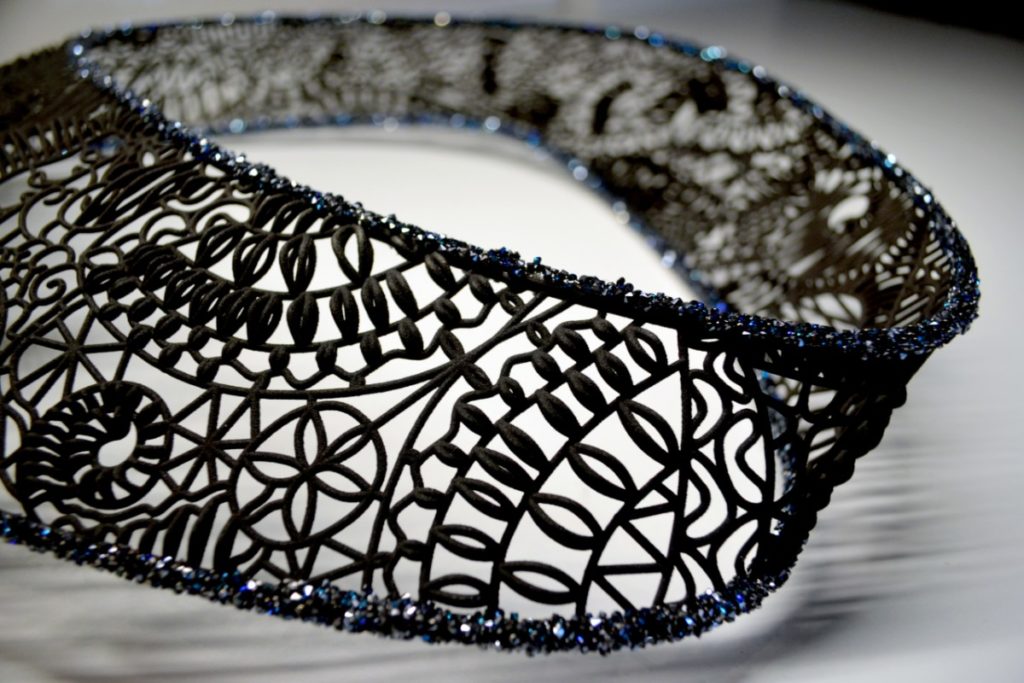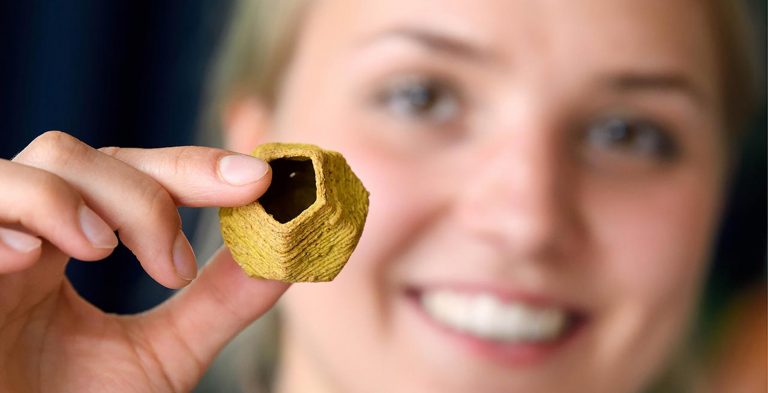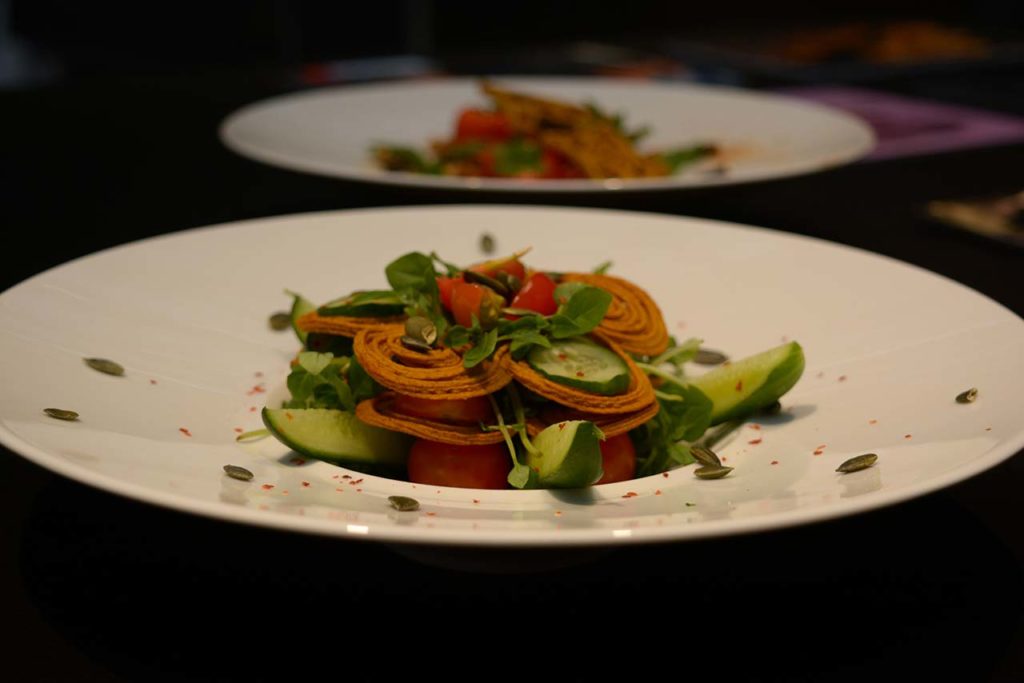This edition shows a quick look at how 3D Printing technology has led to Oscars nomination for best costume design, how food waste can be reusable, and lastly, the increasing use of 3D technologies in mobile devices.
Oscars: Julia Koerner gets work right first time

A nomination is an acknowledgement of the innovation, no matter the field is. Last year, Materialise collaborated with Head Costume Designer Ruth E. Carter and specialist of 3D printed wearables Julia Koerner, to design and produce costumes for Black Panther’s movie.

Today, the team is enjoying the results of this collaboration as the movie bas been nominated for “Best Costume Design” to the Oscars. “I felt very excited about the Oscar nomination. Black Panther was my first time working on a movie, and it is very rewarding to be a part of this success,” smiles Julia. With the victory, explains Julia, it’s become even clearer how important it was to incorporate novel technologies like 3D printing to enable the complex aesthetic and elevated designs that the story called for.
As a reminder, Julia’s design was printed within a week by Materialise in PA 12 using SLS technology.
3D printed snacks from food waste?

The makers movement has been created with the idea that nothing else is thrown, everything is transformed, and this is unbelievable because we have recently discovered that it can also be applied in the food industry.
A third of the food one produces goes to waste. To remedy this situation, Dutch designer Elzelinde van Doleweerd 3D printed concoctions from food waste.Via Upprinting Food, Elzelinde van Doleweerd aims to exploit food waste by taking unsold or commonly overabundant food like fruit, vegetables, bread and rice and using 3D printing technology to create something new to eat.
“I boil the vegetables and fruit peels, dry the bread or use the boiled rice,” she explained to Dezeen.com during an event in Beijing. “The ingredients are mashed, mixed together, ground and sieved. A smooth paste can be printed and baked afterwards.”
Printable pastes from the foods can be baked, dehydrated and used to create attractive meals.

The dehydration technique is used “so no bacterial activity can take place,” she says. “This way the food is safe to eat and we can save it for a very long period.”
Three times more 3D technologies in mobile devices

ams, a supplier of high-performance sensor solutions, today announced the launch of MERANO-Photodiode (PD), an in-frared (IR) laser flood illuminator module which provides the uniform light output needed in mobile 3D sensing applications such as user face recognition. ams keeps developing 3D imaging and 3D scanning solutions for mobile phone applications.
The 2W Merano-PD is suitable for use in the latest technologies for 3D sensing, including the time-of-flight and structured light methods. Applications such as face recognition, augmented reality, 3D object scanning and 3D image rendering, as well as other industrial and automotive applications, will benefit from use of the Merano-PD.
The latter includes an integrated photodiode which detects impairment of the device’s diffuser. When linked to a separate monitoring circuit, this means that the mobile phone can disable the illuminator for eye-safety.
For further information, follow us on our social media and subscribe to our newsletter! Would you like to be featured in the next issue of our digital magazine? Send us an email at contact@3dadept.com





